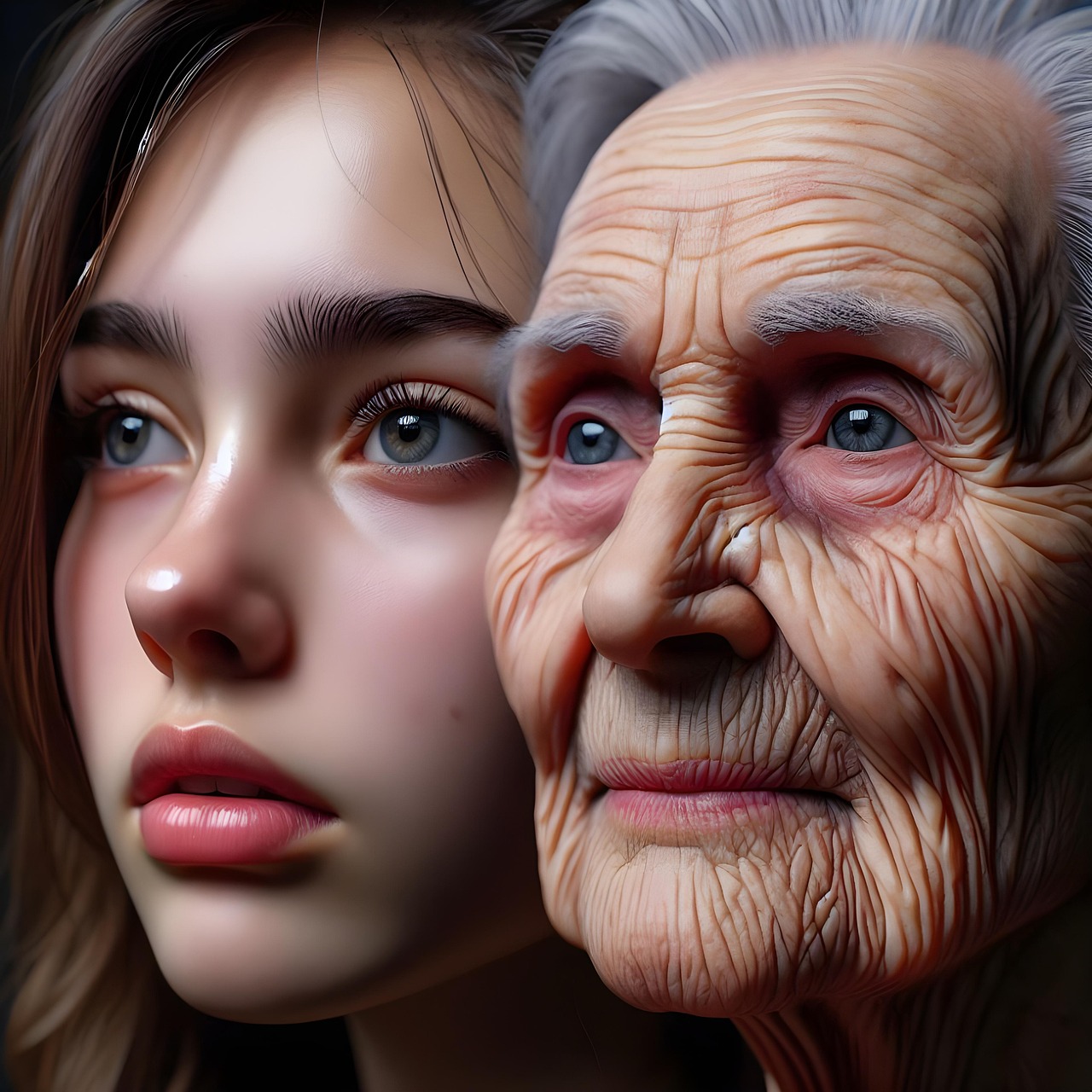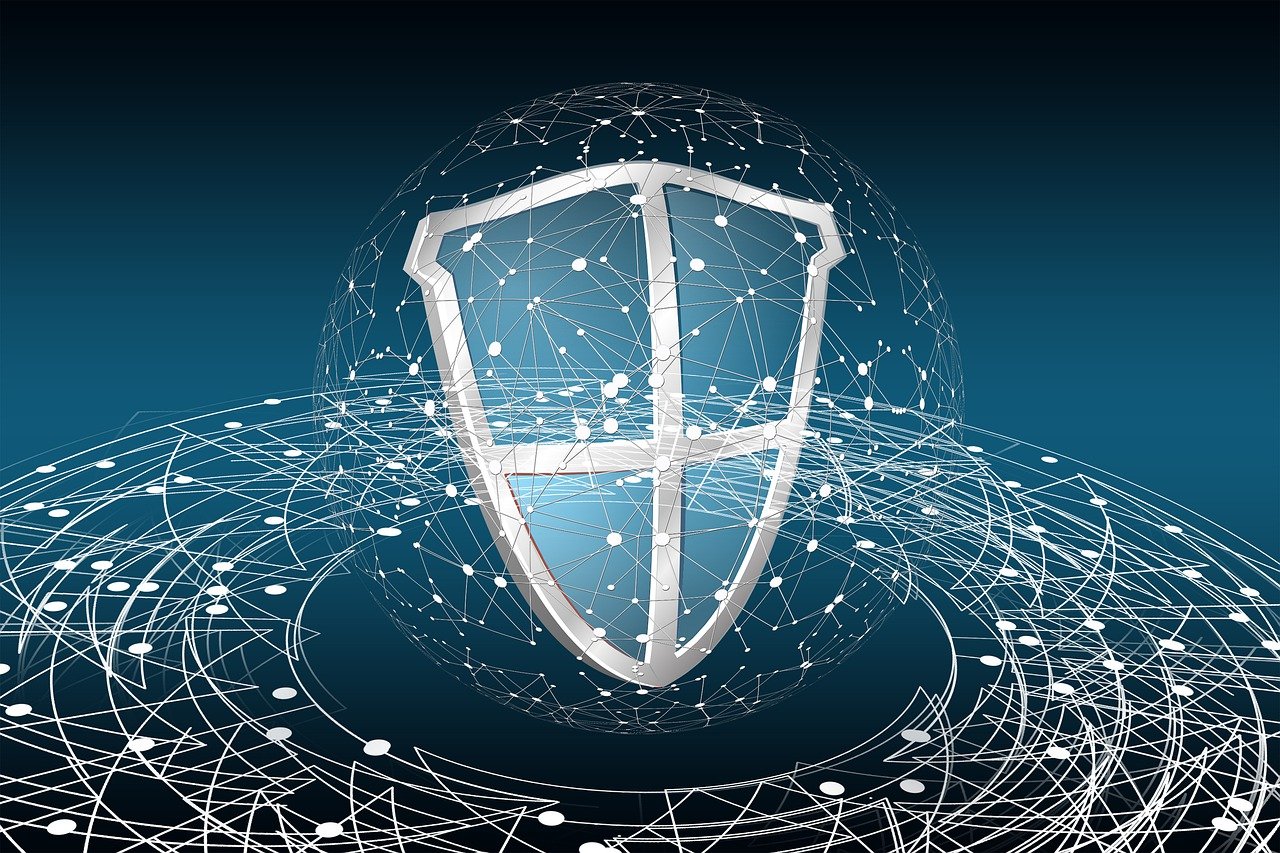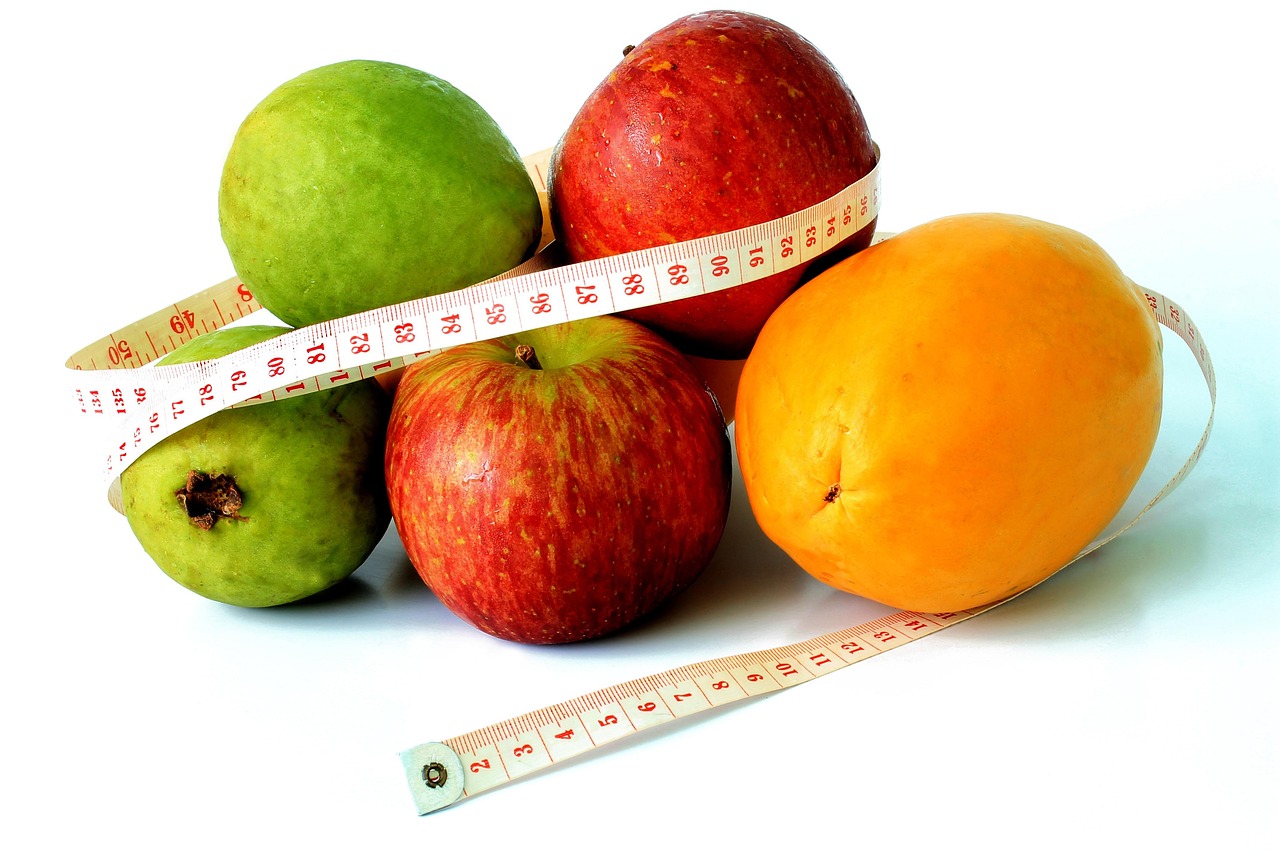Decimal to Binary
Decimal to Binary is the process of converting a decimal (base-10) number into its corresponding binary (base-2) representation. Binary numbers are used in computing and digital electronics, as they represent values using only two digits: 0 and 1. Decimal is the standard number system used in everyday life, which is based on 10 digits (0-9). Converting from decimal to binary allows us to represent numbers in a format that computers can understand and process more easily.
Decimal to Binary is the process of converting a decimal (base-10) number into its corresponding binary (base-2) representation. Binary numbers are used in computing and digital electronics, as they represent values using only two digits: 0 and 1. Decimal is the standard number system used in everyday life, which is based on 10 digits (0-9). Converting from decimal to binary allows us to represent numbers in a format that computers can understand and process more easily.
How It Works:
- Divide the decimal number by 2: Start by dividing the decimal number by 2.
- Record the remainder: Each time you divide by 2, record the remainder (either 0 or 1).
- Repeat the process: Continue dividing the quotient (the result of the division) by 2 and recording the remainder until the quotient becomes 0.
- Read the remainders: The binary equivalent of the decimal number is the sequence of remainders, read in reverse order (from last to first).
Example of Decimal to Binary Conversion:
- Decimal:
13
- Divide 13 by 2:
- 13 ÷ 2 = 6, remainder = 1
- Divide 6 by 2:
- 6 ÷ 2 = 3, remainder = 0
- Divide 3 by 2:
- 3 ÷ 2 = 1, remainder = 1
- Divide 1 by 2:
- 1 ÷ 2 = 0, remainder = 1
So, the binary representation of the decimal number 13 is 1101.
Example 2:
- Decimal:
21
- Divide 21 by 2:
- 21 ÷ 2 = 10, remainder = 1
- Divide 10 by 2:
- 10 ÷ 2 = 5, remainder = 0
- Divide 5 by 2:
- 5 ÷ 2 = 2, remainder = 1
- Divide 2 by 2:
- 2 ÷ 2 = 1, remainder = 0
- Divide 1 by 2:
- 1 ÷ 2 = 0, remainder = 1
So, the binary representation of the decimal number 21 is 10101.
Steps of Conversion:
- Step 1: Take the decimal number you want to convert.
- Step 2: Divide the number by 2, noting the quotient and remainder.
- Step 3: Repeat the division process with the quotient until it reaches 0.
- Step 4: The binary number is the sequence of remainders, read in reverse order.
Common Uses of Decimal to Binary Conversion:
-
Computer Systems: Binary is the fundamental language of computers. All data and instructions are ultimately processed in binary. Converting decimal to binary allows computers to interpret and process numerical data.
-
Programming and Debugging: In many programming environments, converting decimal to binary is necessary when dealing with low-level operations, such as bit manipulation or system-level programming.
-
Digital Electronics: Binary numbers are used to represent data in digital circuits, such as in memory, processors, and communication devices.
-
Networking: In networking, IP addresses and other data are often represented in binary, so converting decimal IP addresses to binary helps in network configuration and analysis.
-
Mathematics and Education: Learning binary is an important step in understanding number systems and binary arithmetic.
Why Use Decimal to Binary Conversion?
- Computer Processing: Since computers use binary internally, converting decimal to binary is necessary for input, processing, and output of data.
- Data Representation: Binary allows efficient representation and manipulation of data in computers, especially for tasks like arithmetic operations, memory addressing, and encoding.
- Compatibility: Converting decimal numbers to binary ensures compatibility with digital devices and systems that use binary.
Decimal to Binary Table for Reference:
Here are a few examples of decimal numbers and their binary equivalents:
5(decimal) =101(binary)14(decimal) =1110(binary)19(decimal) =10011(binary)
Decimal to Binary converters are available in online tools, programming environments, and calculators, making it easy to convert decimal numbers into binary for various practical uses in computing, electronics, and data processing.













